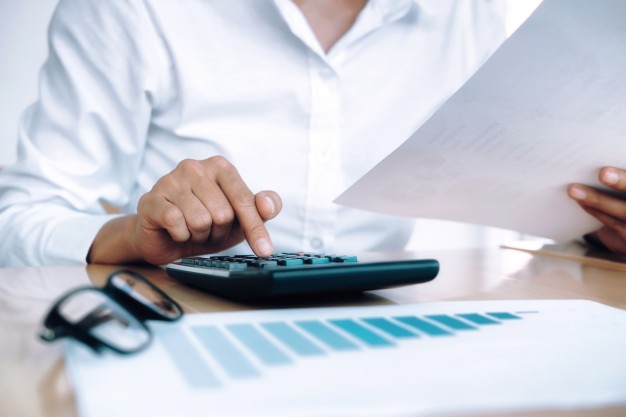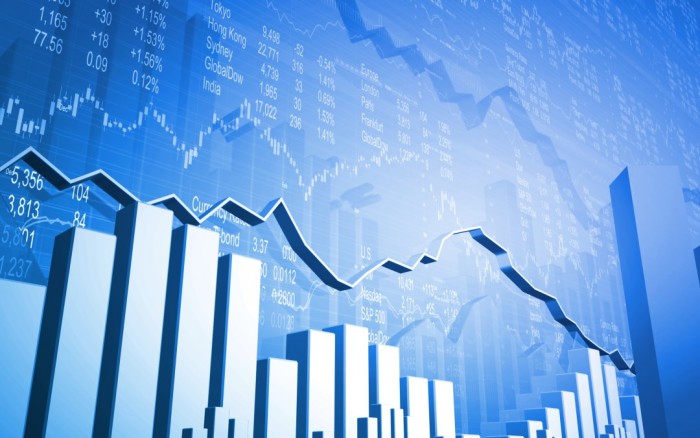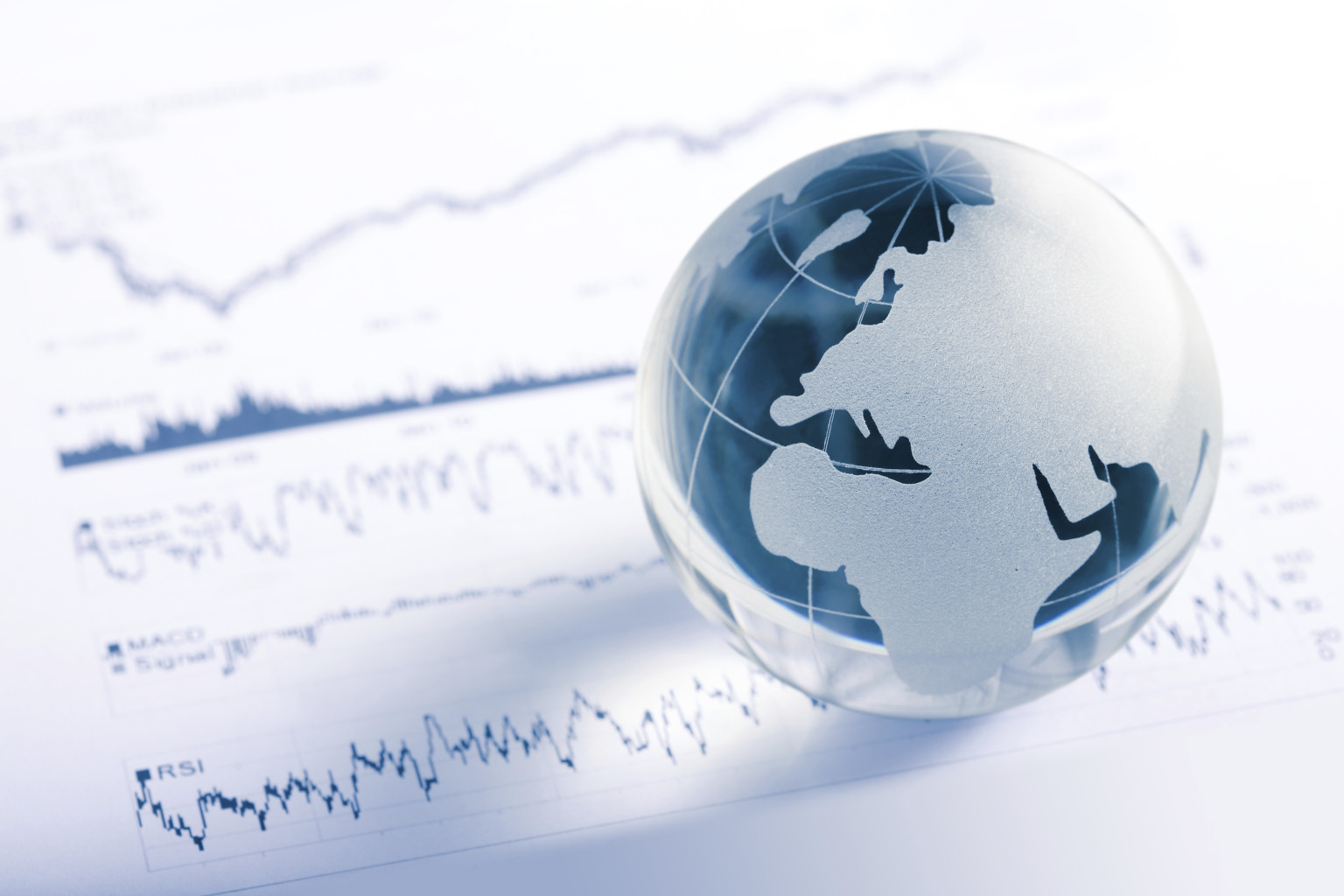While interest rates may need to fall a bit further, green shoots of recovery suggest we are at or near the low and more importantly, point to an improvement in economic and profit growth over a 12 month horizon, according to Dr Shane Oliver, Chief Economist from AMP.
“All I hear is doom and gloom… All is darkness in my room”
Dr Shane Oliver opened his Economic Update for our Sydney office last week with a riff from the new Rolling Stones song “Doom and Gloom” released this year.
His pragmatism was clear, despite the recent rise in equity markets that has occurred since December 2012, he wants investors to retain cautious optimism and look forward to more growth.
Many of the worst-case scenarios that economists predicted for 2012 didn’t happen:
- Italian and Spanish bond yields fell when many expected them to rise,
- The US didn’t have a double dip or fall off the fiscal cliff,
- The Australian dollar traded within a narrow range all year; and
- The world didn’t end on December 21, the end of the Mayan calendar.
Many of the issues that people were concerned about last year can now be seen receding and Shane Oliver himself says he is feeling more sanguine with the world’s economic prospects.
In 2012, listed REITs were the star performers, enjoying a return of 30% in Australia and 27% globally. Cash on the other hand achieved only a 4% return.
In 2013, he expects the world to grow steadily. He predicted that China will grow 7.5-8% and that the tail risks in Europe will continue to recede. “Europe is still in recession right now, but the economy is showing signs of growth,” he said. “All is starting to look OK in the US, with retail sales motoring along, the fiscal cliff now resolved, and housing starts are picking up. We are also impressed to see that US debt to GDP ratios has fallen from 11% at the height of the GFC to 6% today.”
According to Dr Oliver, Japan finally seems to be getting it right too with the election of new Prime Minister Abe who has won the election on inflation friendly policies that make it look like it will go down the same recovery track as the USA.
Australia, he says is showing signs of green shoots, despite our determination as a Country to be pessimistic. Retail sales were up in January, job ads were up in January, and new home sales and auction clearances are looking up too.
“Mining is moving into a cyclical decline, which will force our economy to be more dependent on the non-mining sectors over coming years for stability. Whilst this presents concerns, the reserve bank is supporting growth and consumer confidence is rising, with it up over 15% in the last year. Political risks remain and are likely to hang around until we have removed the hung parliament and returned certainty to our Government in September.
He believes that the seven cuts in interest rates we have seen over the last eighteen-month period are starting to be felt right across the Australian economy and that we may now be nearing interest rate lows.
“When cash rates get below about 6% people usually start moving out of cash and seeking out risk."
“I believe interest rates are near the bottom of the cycle. With Banks offering 4.99% on fixed term loans, it simply cannot get much better.”
Dr Oliver was optimistic that the equity market has entered another cyclical bull market. Our equity market in Australia has been rising since November 2011, about 18 months. But research by AMP shows that most cyclical bull markets last approximately 47 months, leading him to suggest that there should be more good times ahead.
Equity markets are up 22% in the year to February, primarily due to some growth in company profits. This has driven up price earning multiples making some of the equities in our market look a little expensive, or indicating potentially that profits might be about to rise as often happens at this point in a cyclical bull market.
What makes him think it can go higher?
“When cash rates get below about 6% people usually start moving out of cash and seeking out risk. There is about 14% of our Superannuation system currently sitting in cash at the moment in Australia, giving us a strong pool of money that may be tempted to enter the market given a continued improvement in confidence.”
To finish off the evening, Dr Oliver highlighted the risks, which looked a lot less threatening than recent years:
- Instability in Europe, with many watching Italy for any distress after their recent elections;
- Any slippage in Chinese growth;
- Any further ratings downgrades for the US; and
- Continued softness in Australia’s non-mining economy which we will become more and more dependent on.



